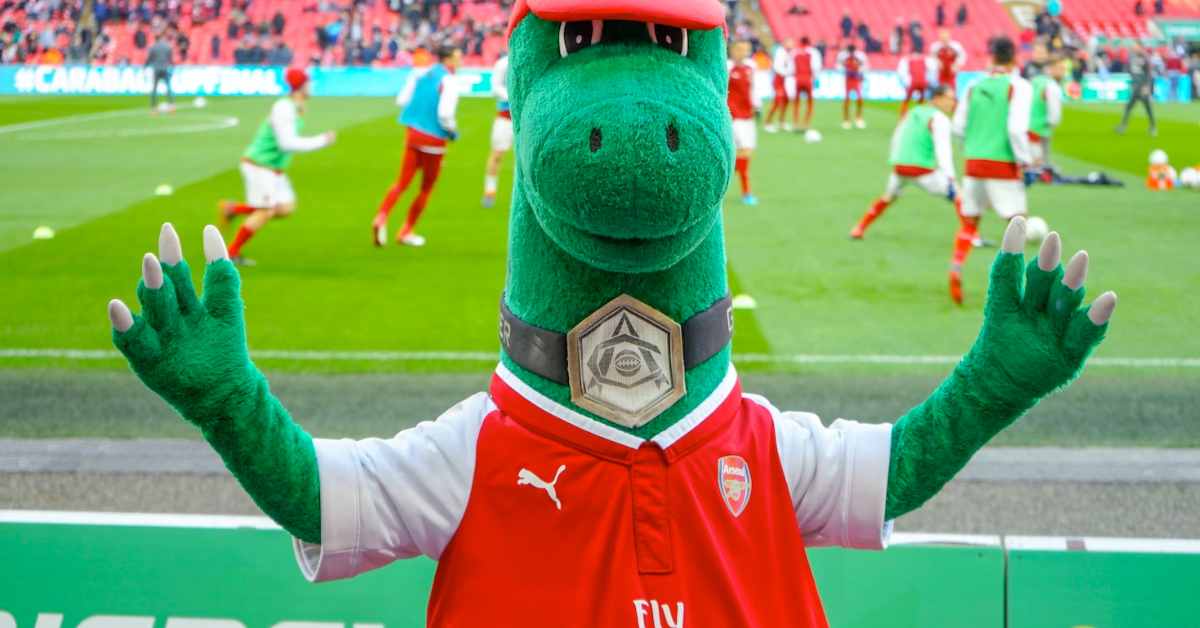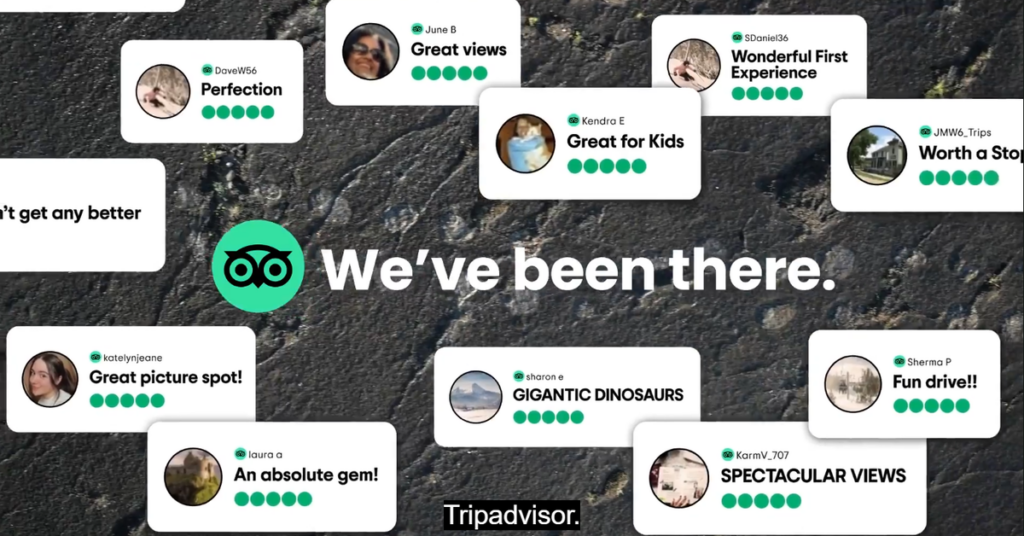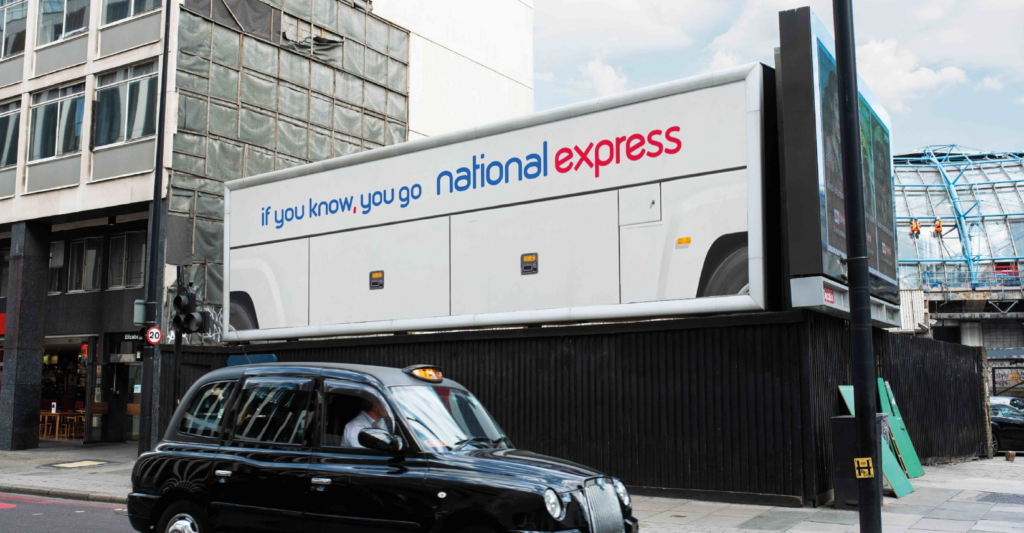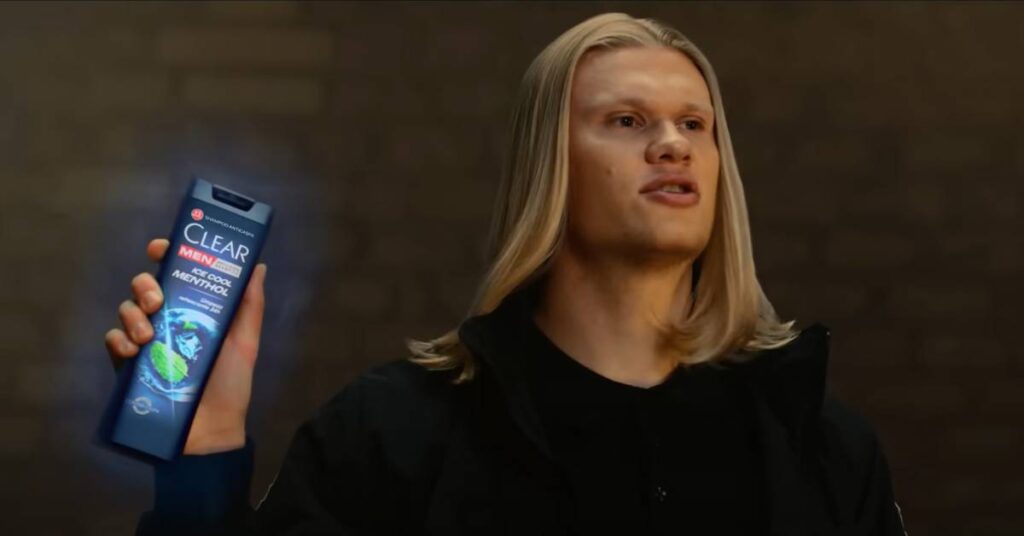Brand mascots? Think of Ronald the McDonald’s clown, Kellogg’s Tony the Tiger, and Nesquik’s Bunny. Mascots are fictional characters that bring brands to life. It gives power to brands to reach out to consumers and boost engagement.
Mascots are a powerful tool for branding and marketing strategy. It helps extend the reach and makes marketing more effective. Studies reveal that people are more likely to remember a brand that has a memorable and likable mascot, and they are more likely to share that brand with others too.
It’s considered lucky. The word mascot was derived from the French word “mascotte”, which means a lucky charm. Mascots are relatable, recognizable, and memorable character that creates an empathic reaction in a glimpse. Moreover, companies use mascots to differentiate themselves from their competitors and convey their brand personalities.

Why Use a Mascot?
Mascots help companies build a more powerful brand image and persona. They draw a direct intuitive response in consumers and broaden the scope of a company’s customer engagement that takes the relationship beyond the purely transactional nature of purchasing.
Brand mascots, as per research by Proud Arunrangsiwed and Israi Pairoa, significantly increase a customer’s willingness to purchase products, create a more positive attitude toward the products, and heighten the possibility of purchase. They are able to function as influencers on social media platforms and build a following around their stories. Dunho Marketing believes mascots notably outperform celebrity endorsers. A mascot can connect with the audience personally and emotionally, creating a loyal fanbase that sticks with the brand through thick or thin.
Isari Pairoa, an expert in marketing, says brand mascots significantly increase positive attitudes toward products. He explained that consumers love stories that create memorable, recognizable, and fun mascots, and a positive attitude increases engagement and drives sales. Mascots are influencers who work all hours and promote all the brand’s products, while never retiring or getting involved in controversy.
What Makes it Appealing?
Mascots bring brands to life via spirit and give it a face. But it’s more than an amusing caricature:
- Spirit of the Company or Brand – the mascot plays an influential role in humanizing a brand. It can tell the back story of the company or brand and appeal to current and prospective customers.
- Cost-Effective – studies say that when compared to celebrity endorsements, mascot endorsement for a product is more efficient and less expensive. Some consider mascots as positive energy that carries luck and generates maximum profit for a brand.
- Engagement – it’s an easy and great way to reach out to consumers. Companies or brands can send their mascot to community events, display them at company exhibitions or use them to boost their online presence. Experts say a custom mascot is a great way to bring people together and create lasting memories with the brand in mind.
- Social Media – digital marketing brings mascots to life and connects with consumers. It directly interacts with the audience and develops the mascot’s story. Social media platforms like Instagram, Facebook, and Twitter help build and drive the mascots’ social media presence. Brands can increase their visibility by posting photos of their mascot at community events and engaging with their audience.
Mascots encourage companies to get more creative and inspire ways to integrate character into the marketing strategy.
Empathy, Builds Connection
Marketers evaluate their marketing strategy to make sure that it is effective and adds value to the brand. To reach wider audiences, or consumers, marketers have to understand brand psychology and create advertisements that communicate the brand value. This is where mascots, or brand characters, come in.
Experts explain a brand’s character gives an emotional connection to the brand. And a personal brand image and character prompt consumers to connect with the brand. Mascots help the consumer develop a brand image that can influence purchase behavior. They encourage emotional responses, such as humor, laughter, likeability, camaraderie and empathy. And to create or rebuild empathy, brands need to be able to recognize the specific audience energies that are prevalent right now due to economic, cultural, societal and technological change.
Research shows that individualism is on the rise, with consumer demand for personalization driving innovation across business and retail. This has given rise to personalized marketing and communications, like Coca-Cola’s Share a Coke campaign. It’s intriguing how brands have managed to reach out to their consumers in the vast sea of data. These days, brands and companies use mascots to convey their message and personality through actions and visual cues, without using a single word. This strikes the cord and hearts of the consumers. Remains memorable.


